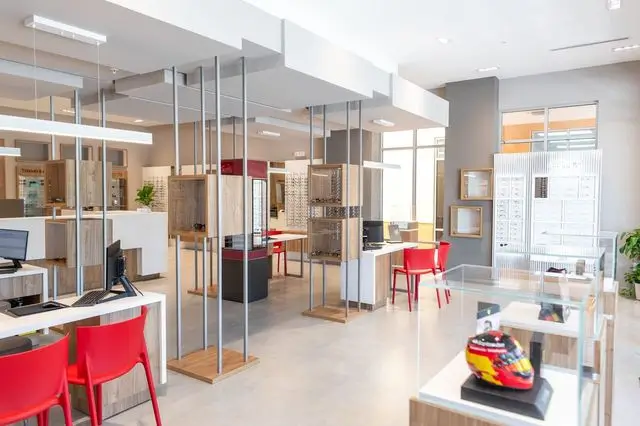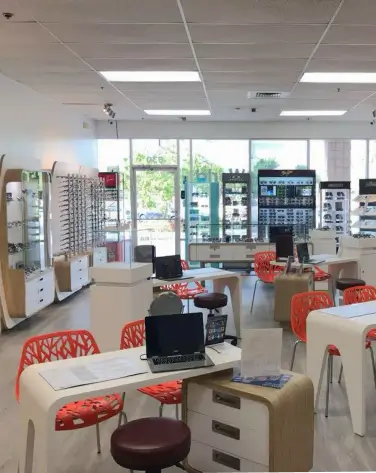Vision and eye problems often do not show obvious symptoms or signs, but a licensed optometrist can easily diagnose them. By identifying issues early, our optometrist can provide treatment options and, in many cases, restore or prevent vision loss.
The American Optometric Association recommends vision exams annually or biennially, depending on whether you are at risk.
Lastly, after completing these brief tests, the results are reviewed, and treatment options are discussed with the patient.
Our expertise also extends to the youngest members of the household, providing specialized eye care that prevents or addresses potential early vision problems, offering timely solutions.
As children grow and enter adolescence, they also reach a crucial phase of development, making vision exams more comprehensive than ever:
Do you want to stay updated with the latest news?
By clicking Subscribe, you're confirming that you agree with our Terms and Conditions.
Your glasses in 1 hour
Eye exam: from $49
Contact lens exam from $90,
New User: $130
Emergency: from $80, depending on the type of emergency.


Eye exam: from $49
Contact lens exam from $90,
New User: $130
Emergency from $150



Your glasses in 1 hour
Eye exam from: $70
Contact lens exam from: $130
Emergency from: $150


Glasses in 1 hour
Eye exam from: $70
Contact lens exam from: $130
Emergency from: $150

